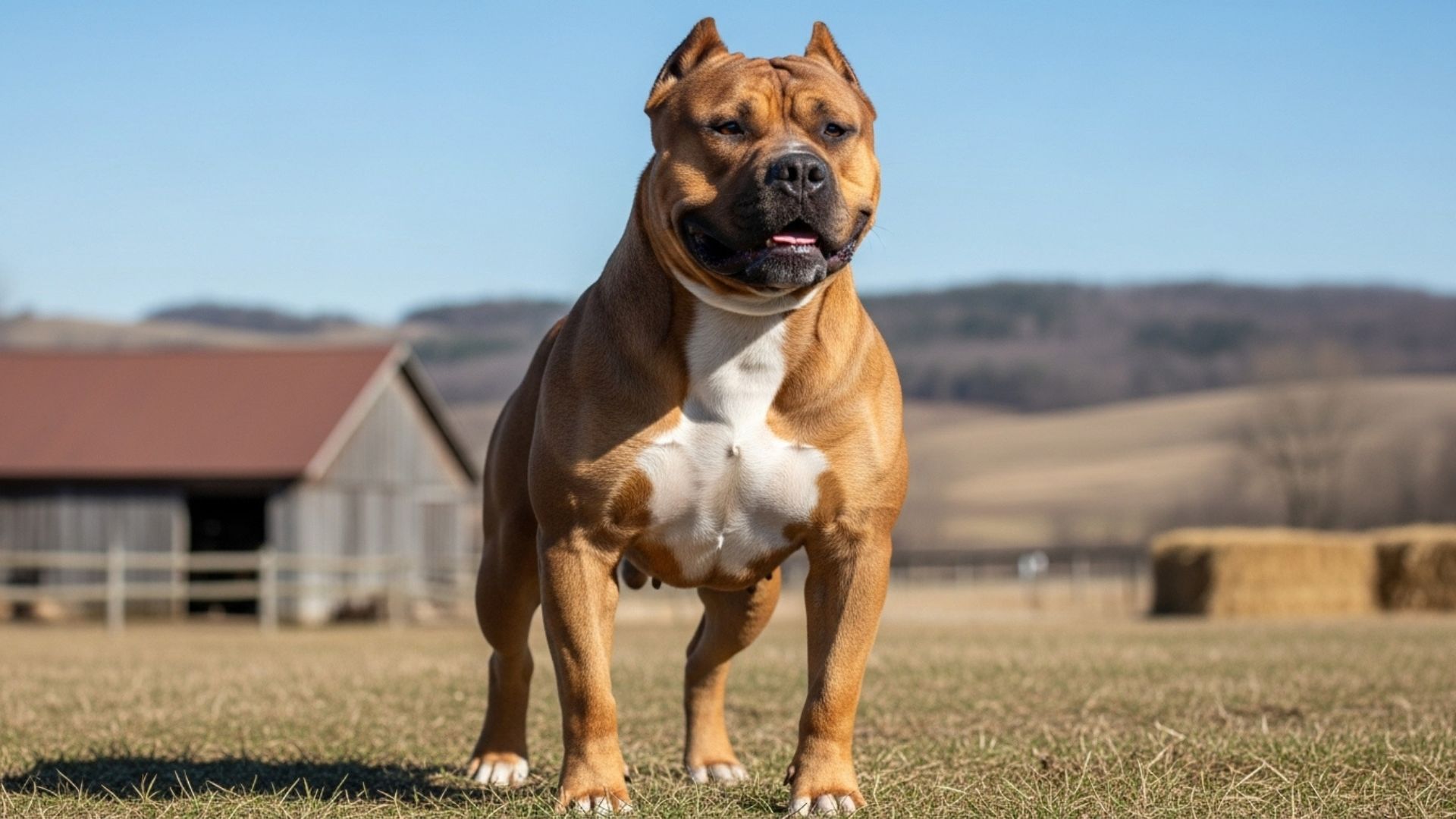In farm life, strength isn’t just a bonus—it’s a necessity. A powerful, muscular dog breed can be the difference between keeping the peace and losing ground. Breeds, once bred as general-purpose farm dogs, were shaped by the demands of physical labor—they had to track wounded game, guard homesteads, and handle tough terrain with ease.
According to the AKC, a dog that’s just 10–15% heavier than its lean weight faces a higher risk of health issues like arthritis or a shortened lifespan. That underscores why farmers historically preferred dogs that were naturally strong, athletic, and lean—built not to carry excess weight, but to carry a burden when needed.
What this means is that the farm environment—without breathless introductions or fluff—really selects for physical capability. These dogs weren’t just pets; they were tools. And the physical demands of daily farm work, whether guarding livestock or covering long distances, shaped them into built, resilient animals.
Strongest Muscular Dog Breeds Favored By Farmers
1. Spanish Mastiff
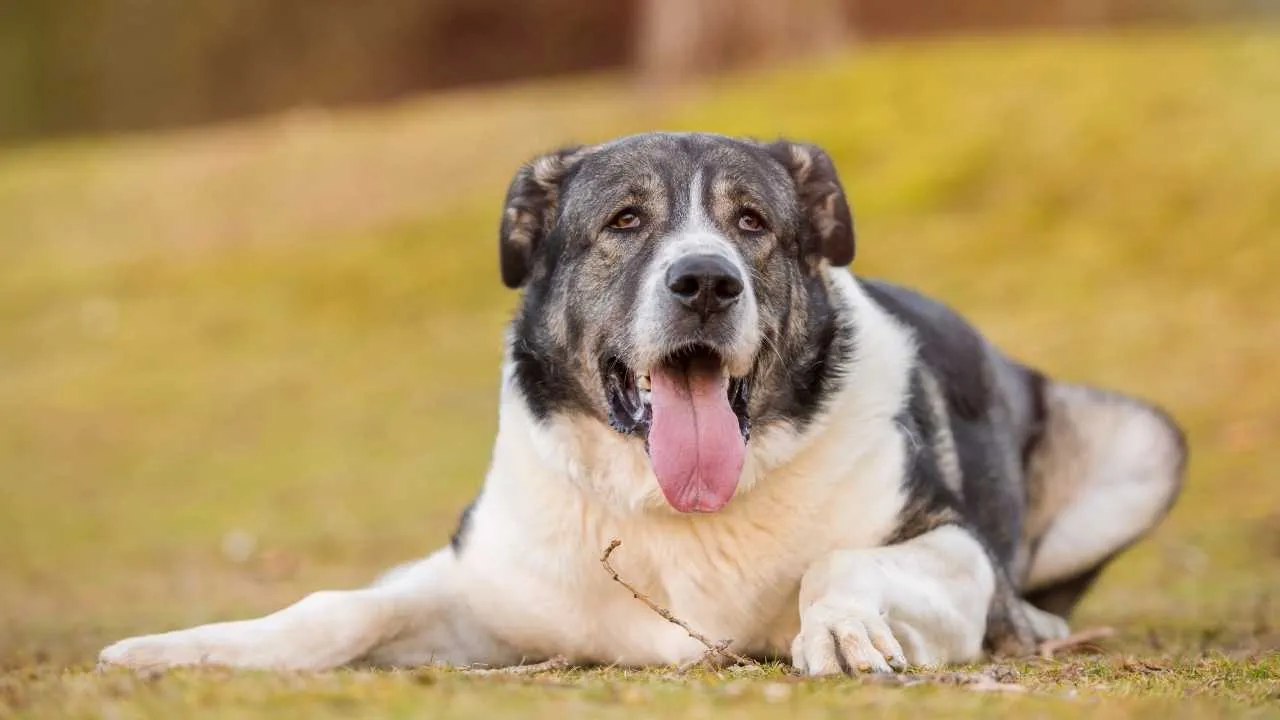
The Spanish Mastiff is a powerhouse among farm dogs, built not just for size but for strength, endurance, and the kind of presence that commands respect. On a working farm, this breed is invaluable, naturally suited to guarding livestock against predators and patrolling vast stretches of land.
Its muscular legs and well-balanced frame allow it to cover long distances while remaining agile enough to respond to threats, making it one of the most reliable all-around farm dogs.
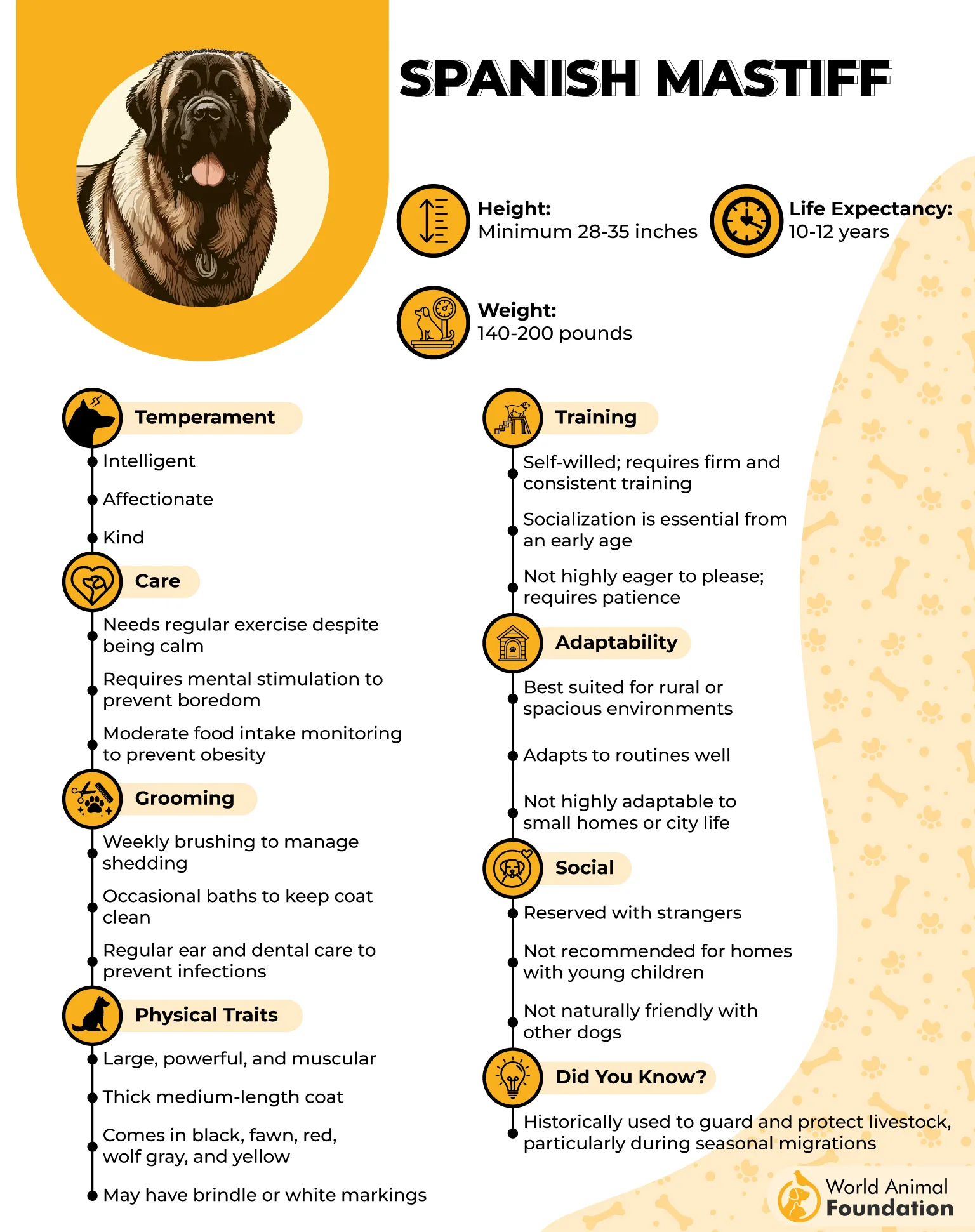
Key Traits and Characteristics
Origins and History: An ancient breed from Spain, originally bred to protect flocks of sheep from wolves over 2,000 years ago. Its alert nature and sheer size made it invaluable to farmers.
Physical Build: Enormous size with a well-balanced, muscular build. Broad head, almond-shaped eyes, and a short, thick double coat protect it from the elements.
Temperament: Affectionate with family but cautious with strangers. Known as a gentle giant when properly socialized.
Guarding Instincts: Naturally protective of livestock and farm property, using a deep bark to warn of intruders.
Exercise Needs: Medium energy level; benefits from long walks, hikes, or secure off-leash play to support both physical exercise and mental stimulation.
Training Considerations: Highly trainable when started young, but requires consistent training and socialization to prevent overprotectiveness.
Unique Trait: Loose skin around the neck not only gives the Spanish Mastiff its signature look but also helps shield vital areas during confrontations with predators.
2. Old English Sheepdog

The Old English Sheepdog is more than just a fluffy showstopper—it’s a working breed built for stamina and strength. Historically, these dogs helped drive cattle and sheep to market in England, thriving in farm life where mental and physical stimulation were essential.
With an athletic build hidden beneath its iconic shaggy coat, this breed excels as an all-around farm dog, combining herding instincts with intelligence and adaptability. They flourish in environments that give them purposeful work and plenty of space to move, making them ideal companions for hardworking farms and active families alike.
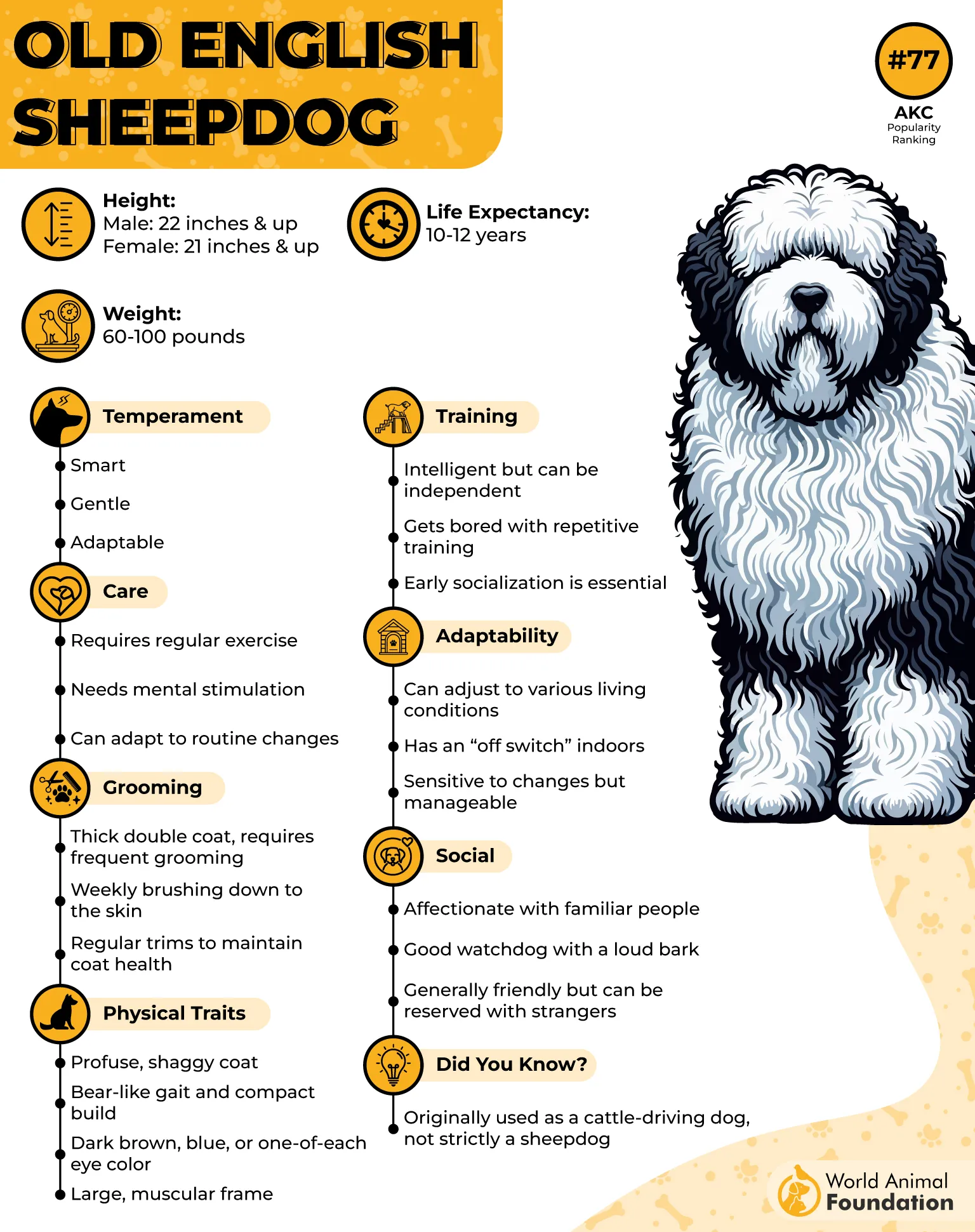
Key Traits and Characteristics
Origins and History: Emerged in England during the 1800s as drover dogs, helping farmers herd livestock to market and even pulling carts. Tail docking earned them the nickname “bobtail.”
Physical Build: Large, muscular frame under a profuse double coat. Their shaggy appearance hides strong legs and remarkable agility.
Temperament: Intelligent, sociable, playful, and loving; adaptable to both farm and home environments.
Herding Instincts: Retains natural herding abilities from early ancestors, capable of driving livestock efficiently.
Exercise Needs: Medium energy; benefits from daily walks, outdoor play, and herding games to stay mentally and physically fit.
Training Considerations: Highly trainable but independent thinkers; consistent positive-reinforcement methods work best.
Grooming Requirements: High-maintenance coat that requires daily brushing to prevent mats and tangles; professional grooming is recommended periodically.
Unique Traits: Ambling, shuffling walk resembling a bear. Intelligent with a strong sense of humor, loves to entertain and interact with humans.
3. Anatolian Shepherd

The Anatolian Shepherd is a powerhouse among farm dog breeds, combining incredible strength, endurance, and intelligence to protect livestock across rugged terrain. Built for work, these dogs have muscular legs and a sturdy frame that allow them to cover long distances while maintaining alertness and precision.
According to WebMD, their protective instincts make them excellent guardians of flocks, while their independent nature allows them to make quick decisions in the field. Though reserved around strangers, they form strong bonds with their family, proving that loyalty and guardianship can go hand-in-hand.
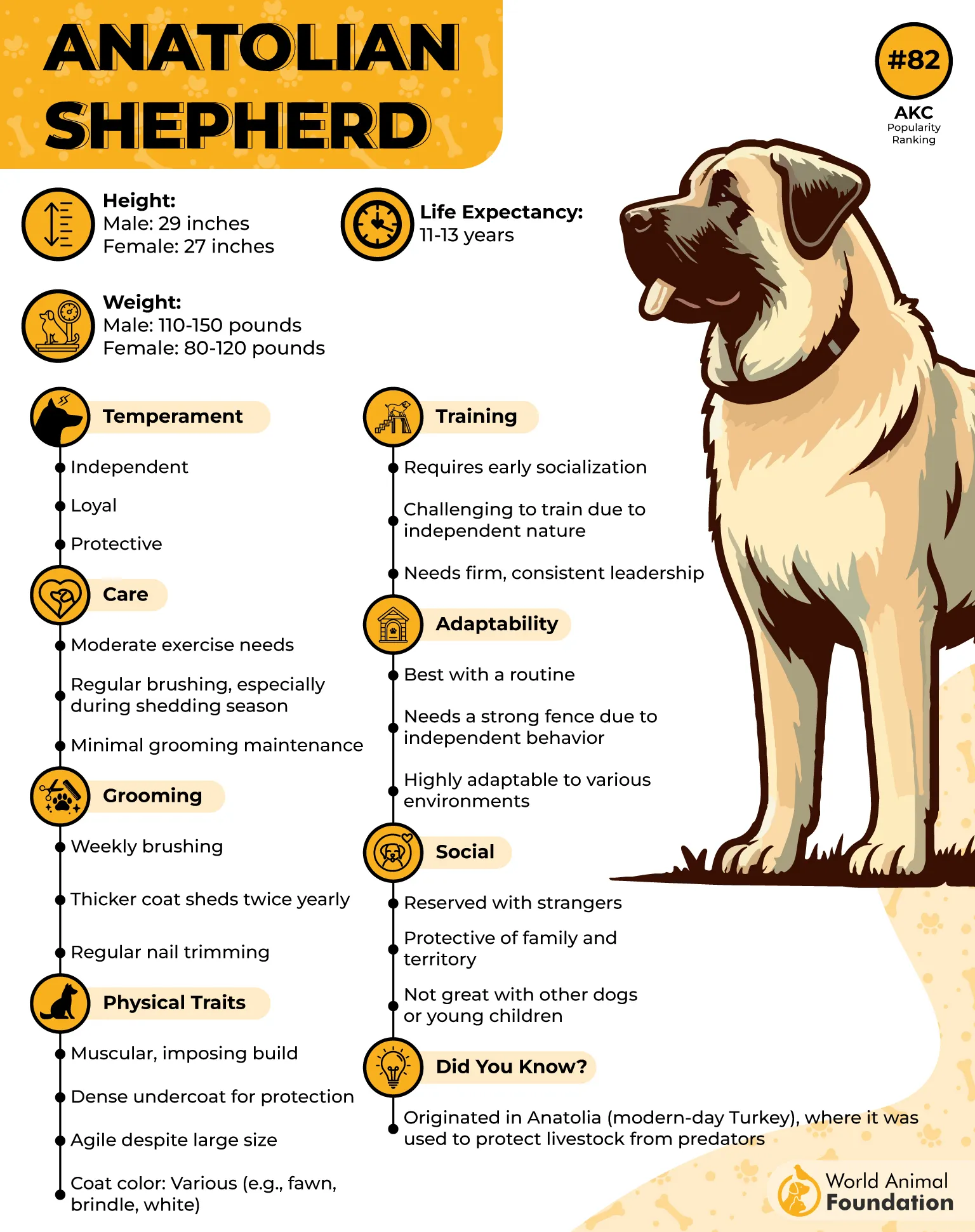
Key Traits and Characteristics
Origins and History: This ancient breed hails from Anatolia, Turkey, with ancestors dating back around 6,000 years. They were primarily used to guard livestock from predators, earning a reputation as one of the most reliable farm dogs in history.
Physical Build: Large, muscular body with a thick undercoat and short, smooth outer coat. Males weigh 110–150 pounds, females 80–120 pounds, with strong legs built for endurance and protection.
Temperament: Independent, cautious, and reserved with strangers. Enjoys moderate playtime and forms deep bonds with family members and other pets.
Protective Instincts: Naturally guards livestock and property, using intelligence and vigilance to respond to potential threats.
Exercise Needs: Medium activity level; benefits from daily walks, yard play, and mental stimulation to stay happy and healthy.
Training Considerations: Requires early socialization and consistent obedience training to channel their strength and independence productively.
Coat Care: Weekly brushing is sufficient for most of the year; during shedding season, thorough brushing a few times a week is recommended to remove old hair.
Unique Traits: Adaptable to extreme temperatures thanks to a thick undercoat. Exceptionally strong yet capable of gentle interactions with family and familiar animals.
4. Belgian Malinois

The Belgian Malinois is a high-energy herding breed that excels in both farm and working environments. Built with a muscular, agile frame, these dogs thrive when given tasks that challenge their body and mind.
Historically used to herd sheep and protect property, the Malinois is as capable on the farm as it is in specialized roles like police and military work.
According to Britannica, with strong instincts, remarkable athleticism, and an eagerness to please, this breed demonstrates how herding breeds can balance drive, intelligence, and loyalty.

Key Traits and Characteristics
Origins and History: Developed in the 1800s in the Flanders region of Belgium as one of four Belgian shepherd varieties. Originally used as herding dogs and guardians of livestock.
Physical Build: Sturdy, well-muscled, and nearly square in proportion with short sable hair, black-tipped hairs, and a distinctive black mask.
Temperament: Intelligent, energetic, and playful; enjoys both mental and physical challenges and demonstrates strong loyalty to family.
Herding and Work Instincts: Natural herding abilities combined with dexterity, stamina, and protective instincts make them exceptional working dogs.
Exercise Needs: High energy; requires several hours of daily activity such as agility, retrieving, herding, and interactive games to remain well-balanced.
Training Considerations: Highly trainable and responsive, but consistent training is essential. Without enough mental and physical stimulation, these dogs can develop problem behaviors.
Coat Care: Low-maintenance; weekly brushing suffices, with daily attention needed during shedding season. Bathing only as required.
Unique Traits: Extremely focused and resilient, ideal for tasks requiring precision and endurance. Thrives in structured environments where both body and mind are challenged.
5. Catahoula Leopard Dog
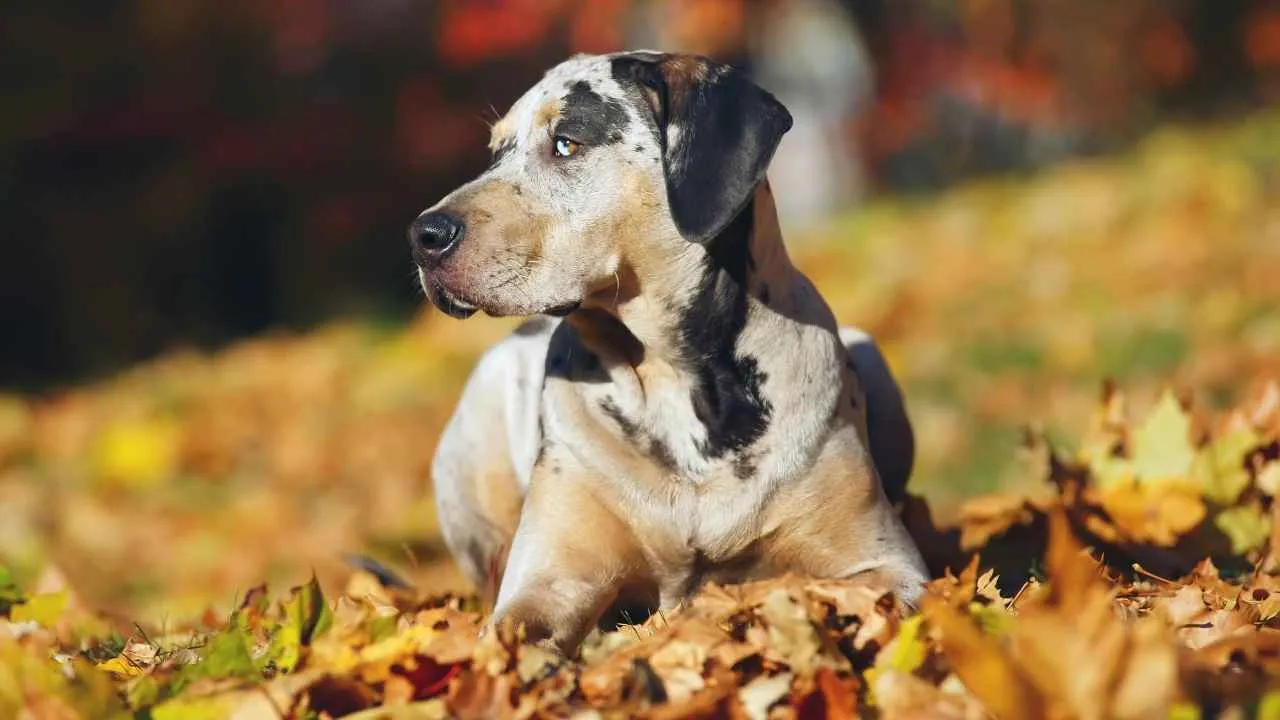
The Catahoula Leopard Dog is a rugged working breed bred primarily for driving cattle and hogs through the dense swamps and forests of Louisiana. With a muscular build, keen instincts, and unmatched endurance, this breed has long been valued as both a herding and hunting companion.
Unlike many other herding breeds, the Catahoula is highly independent, capable of making quick decisions in the field.
Today, their loyalty and adaptability also allow them to transition from hardworking farm dogs to great family pets, provided they receive proper training, boundaries, and plenty of exercise.
Key Traits and Characteristics
Origins and History: Developed in Louisiana near Catahoula Lake, originally used to track and drive hogs and cattle through challenging Southern terrain.
Physical Build: Strong, athletic dog; adults typically stand 22–24 inches tall and weigh 50–95 pounds.
Temperament: Independent, hardworking, and loyal; bonds deeply with family while maintaining a vigilant nature.
Exercise Needs: High energy levels; requires ample daily activity and secure space to run, or destructive behaviors like digging and chewing may develop.
Training Considerations: Benefits from firm, consistent training and early socialization to channel independence and drive productivity.
Unique Trait: Beyond herding and hunting, Catahoulas have a natural talent for tracking and problem-solving, allowing them to adapt to different farm tasks and even assist in search and rescue work.
6. Boerboel
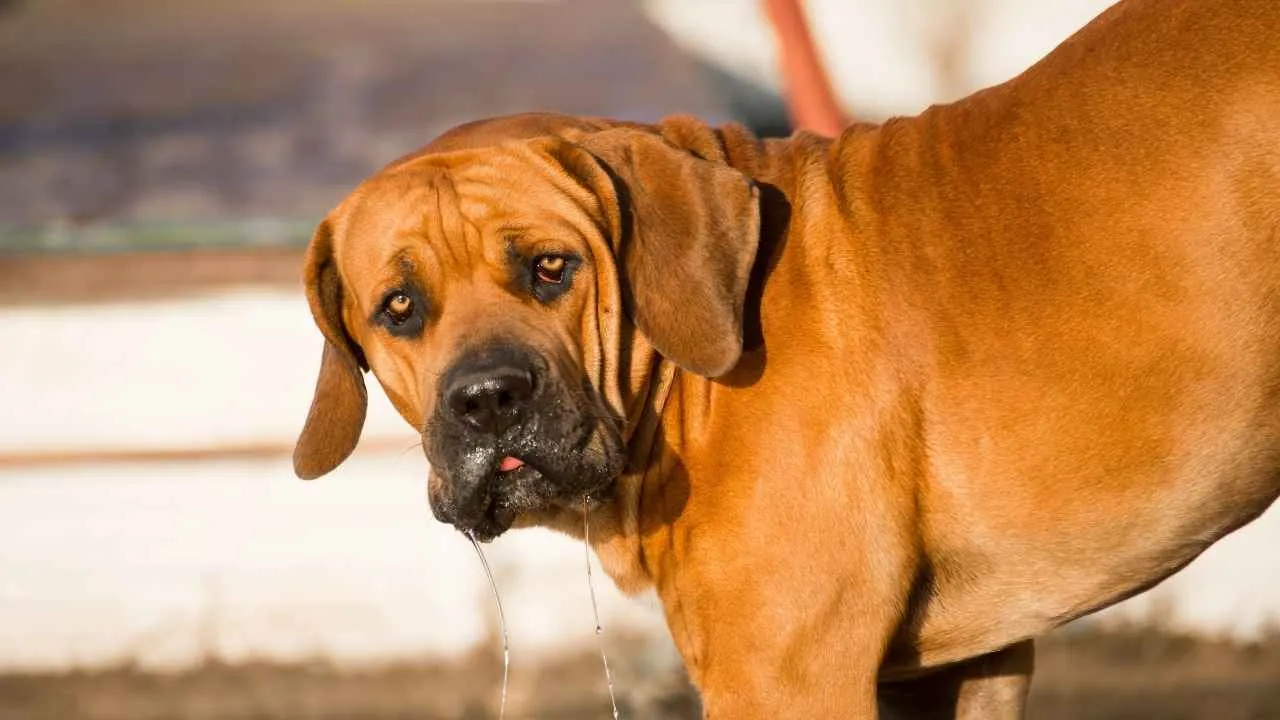
The Boerboel is a powerhouse among farm dogs, built to guard farms and handle the toughest conditions of rural Africa. With a muscular, imposing frame and incredible strength, this breed helped humans protect homesteads from intruders and wild animals for generations.
Their calm, confident temperament and loyalty make them not only excellent guardians but also affectionate companions who bond with the entire family. Boerboels thrive in environments where they have a clear purpose, space to roam, and owners who understand their protective nature.
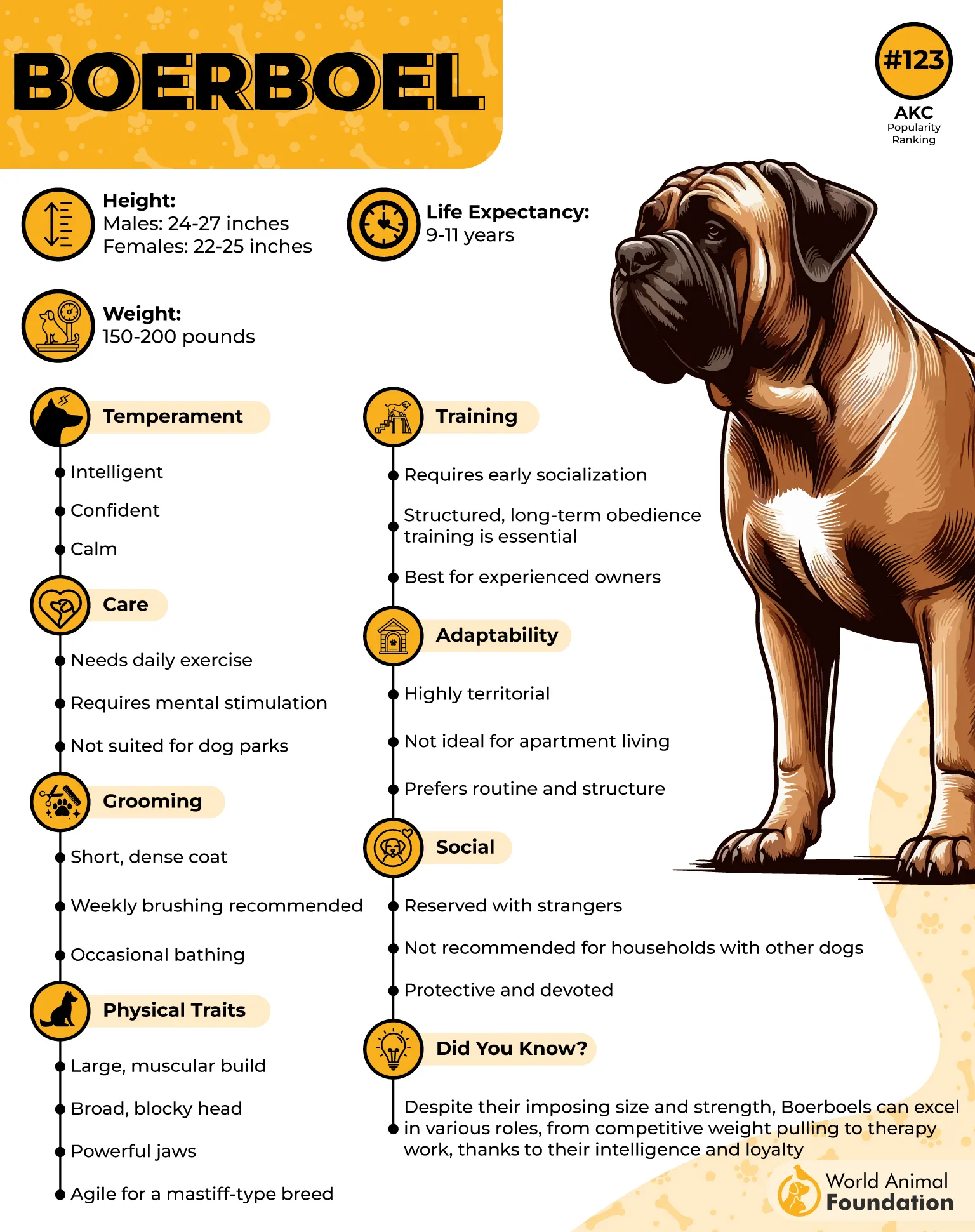
Key Traits and Characteristics
Origins and History: Developed in South Africa to guard homesteads and work as all-purpose farm dogs. Their history is rooted in protection, strength, and loyalty.
Physical Build: Large, muscular, and imposing; short, dense coat that comes in fawn, black, brindle, or mahogany.
Temperament: Loyal, confident, and calm; affectionate with family yet cautious around strangers.
Protective Nature: Naturally vigilant, making them highly effective at guard duties.
Exercise Needs: Moderate; they enjoy outdoor activity and space to patrol, but are content with structured exercise routines.
Training Considerations: Highly intelligent and responsive, but require consistent training and early socialization to manage protective instincts.
Coat Care: Low-maintenance short coat; regular brushing and occasional baths keep it healthy.
Unique Trait: Boerboels have a natural stance that communicates confidence and authority, which alone can deter intruders.
7. Pyrenean Mastiff
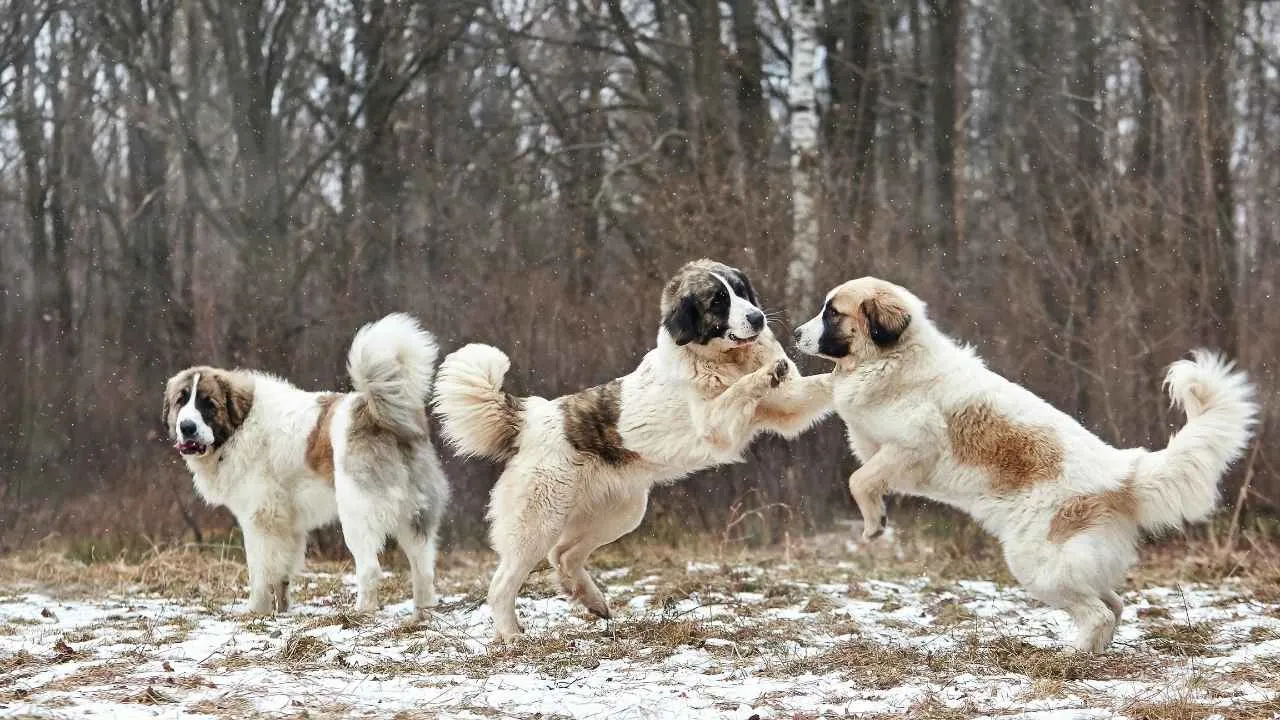
The Pyrenean Mastiff is a remarkable farmyard guardian, combining strength, agility, and intelligence to protect livestock while remaining a gentle family companion. Well-suited to life on expansive farms, this breed thrives in environments where its size, alertness, and calm confidence can be fully utilized.
Several factors contribute to its effectiveness, including its muscular build, keen observation skills, and disciplined nature. Despite its imposing presence, the Pyrenean Mastiff is surprisingly agile, able to move gracefully across varied terrain while maintaining the vigilance needed to safeguard property and animals.

Key Traits and Characteristics
Origins and History: Developed to guard livestock in the Pyrenees mountains, serving as both protector and companion for rural families.
Physical Build: Large, robust, and muscular; broad chest, strong head, sturdy neck with thick, elastic skin, and strong, rectangular-profile legs.
Temperament: Balanced, intelligent, and noble; affectionate with family, brave in the face of danger, and highly observant of its surroundings.
Exercise Needs: Medium energy; enjoys outdoor activity and roaming space that allows it to patrol property effectively.
Training Considerations: Responds well to consistent, gentle training and early socialization; highly intelligent and capable of discerning between friends and potential threats.
Coat Care: Dense, moderately long coat; generally white with patches, a characteristic mask, and spotted ears. Regular brushing maintains coat health.
Unique Traits: Rarely barks, but when it does, the deep, grave sound conveys strong deterrence.
Conclusion
When it comes to choosing the strongest muscular dog breeds favored by farmers, these dogs prove time and again why they are indispensable on farms. They are not just powerful protectors of livestock, serving as reliable livestock guardians, but they also offer loyalty, intelligence, and a work ethic that makes them invaluable partners in farm life.
While their strength and guarding instincts set them apart from lap dogs, many of these breeds still form deep bonds with their families, showing affection and gentleness when off duty. Additionally, their intelligence and adaptability mean that some can even serve as rescue dogs, lending their skills to help humans beyond the farm.
Ultimately, these breeds combine physical power with mental acuity, making them exceptional companions for both work and home.


